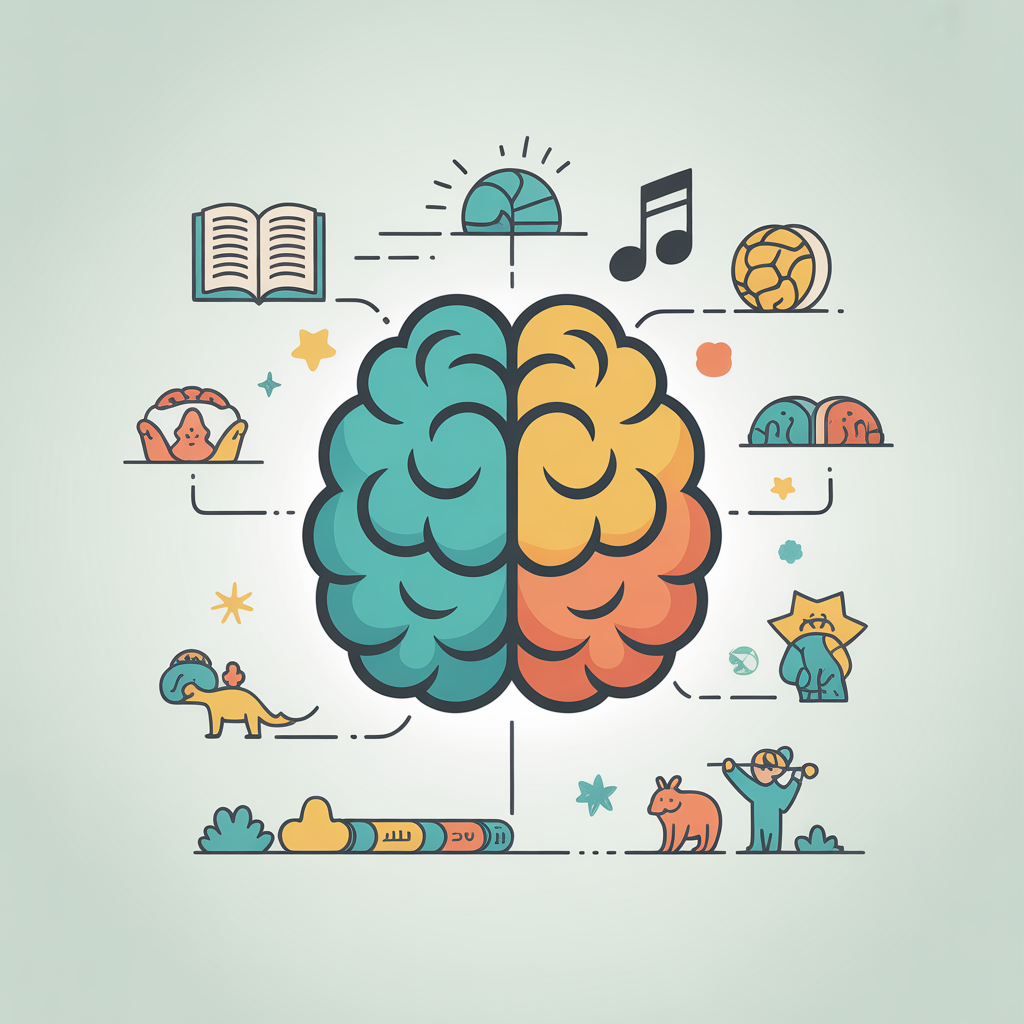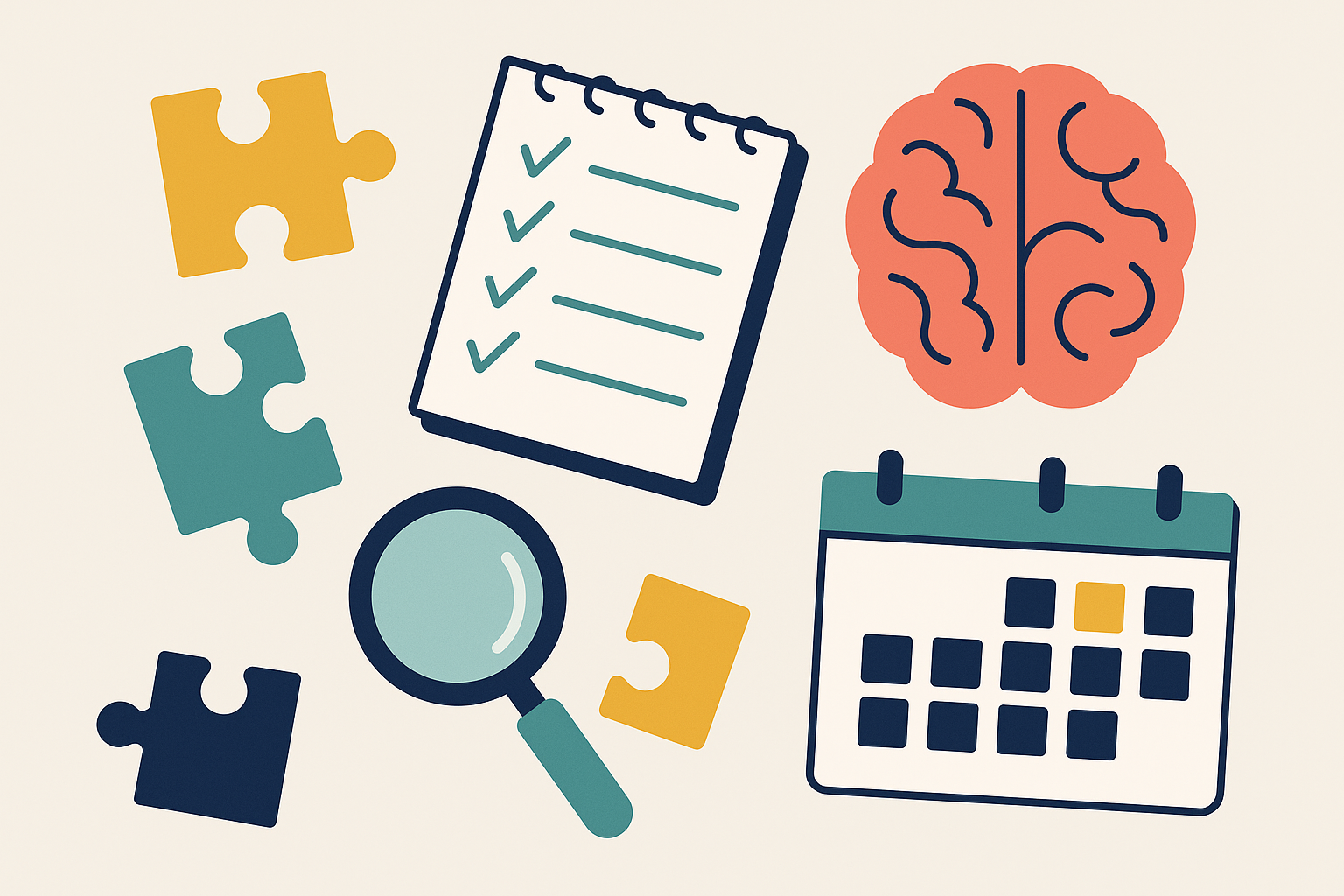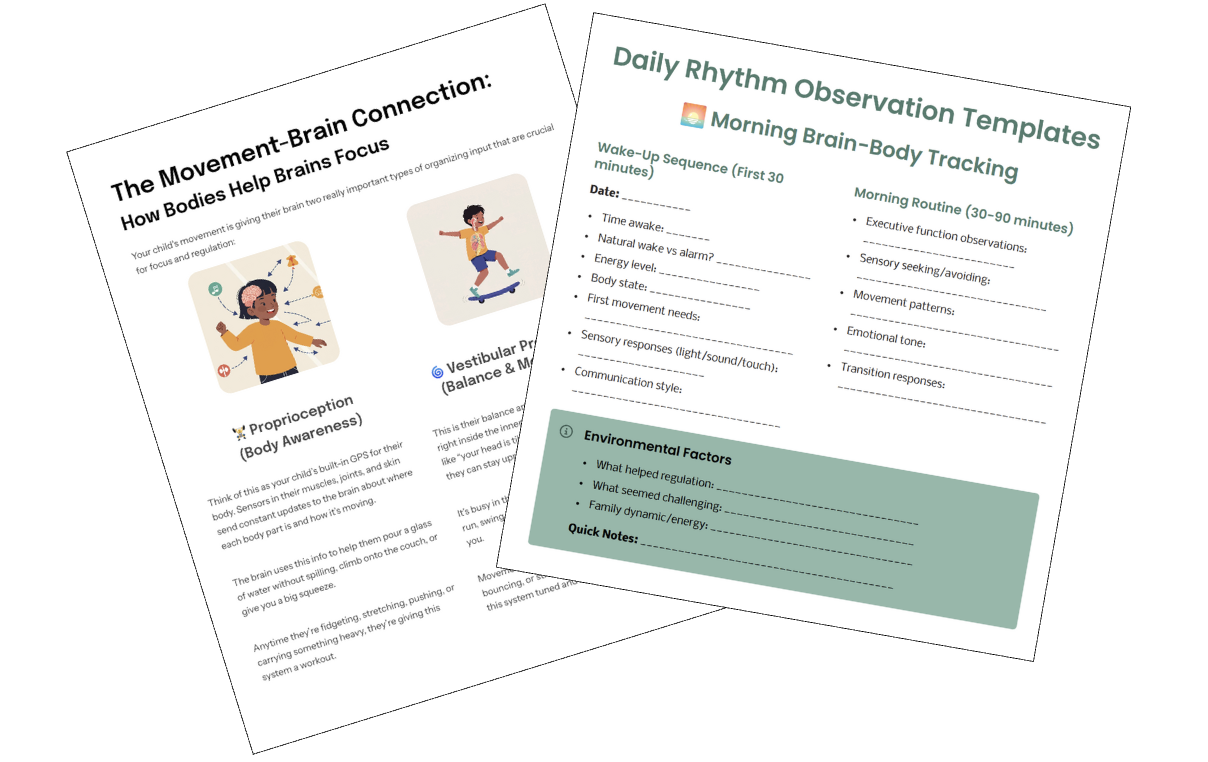The Strategies Aren't Working.
You're not doing them wrong.
You're missing the why.
A simple, neuroscience-based toolkit that helps you see what’s really happening inside your child’s brain and body — so you can stop guessing and start knowing.
Get the Starter Toolkit — $29You’ve tried everything: the blogs, the charts, the calm-down scripts.
I’m Dr. Barbara Hubert, former special educator turned learning science researcher, and neurodivergent parent. I built Little Brains & Bodies to help families feel seen, not fixed, with tools that translate brain science into everyday parenting clarity.

What's Inside the Starter Toolkit

Brain and Body Foundations
Learn how sensory, movement, and emotion systems interact.

Observation Guides

Support Tools
Simple frameworks that make "what now?" moments clearer.
Everything printable, straightforward, and easy to start.
What Changes When You Use It
Stop Guessing
See patterns and the "why" instead of chaos.
Start Knowing
Build Trust
Grow understanding, even on the hard days.
You don’t have to figure it all out tonight.
Questions?
We've got answers.
The framework helps parents understand any child's brain and body system, but it's especially valuable for families whose children process information differently—kids who are sensory-seeking, highly aware, movement-oriented, or whose internal experiences show up in ways that don't always make sense at first glance.
Whether you have a diagnosis, are exploring one, or simply want deeper insight into how your child experiences the world, we've got you.
Core reads are 10-15 minutes. Templates can be used in real time or filled out weekly—built for busy parents.
Digital downloads: short-form PDFs for articles, printable/editable observation templates, and quick-reference sheets. All mobile-friendly!
Perfect! The Starter toolkit complements professional services by helping you understand the "why" behind strategies and environmental supports.
Starter = understand & observe (foundation). Everyday = apply & implement with scenario guides, routine builders, and visual supports.
Absolutely. If you’re ready for step-by-step supports, start with Everyday. Starter owners receive a $29 credit toward Everyday anytime.
Nope. One-time purchase, lifetime access. Once you purchase a toolkit, it's yours forever, including any future updates or additions.






